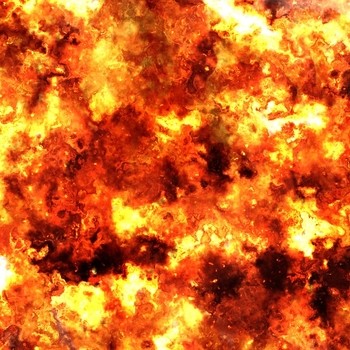Molarity question?
Consider the precipitation reaction of CuCl2 with NaOH:
CuCl2(aq) + 2NaOH(aq) -> Cu(OH)2(s) + 2NaCl(aq)
A. What is the theoretical yield(in moles) of copper (II) hydroxide when 100mL of 0.125M CuCl2 is combined with 100 mL of 0.230M NaOH?
I got 0.0115 mol Cu(OH)2
B. What is the concentration (M) of each anion in solution after the reaction is complete?
I got 0.125 M for Cl. I know that the M for OH is 0, but I don't know why.
C. When this reaction takes place in a coffee-cup calorimeter, the temperature increases from 23 degrees Celsius to 33.3 degrees Celsius. What is #Delta# H for the precipitation of copper(II) hydroxide (kJ/mol)? Assume that the solution has the same specific heat and density as water.
Consider the precipitation reaction of CuCl2 with NaOH:
CuCl2(aq) + 2NaOH(aq) -> Cu(OH)2(s) + 2NaCl(aq)
A. What is the theoretical yield(in moles) of copper (II) hydroxide when 100mL of 0.125M CuCl2 is combined with 100 mL of 0.230M NaOH?
I got 0.0115 mol Cu(OH)2
B. What is the concentration (M) of each anion in solution after the reaction is complete?
I got 0.125 M for Cl. I know that the M for OH is 0, but I don't know why.
C. When this reaction takes place in a coffee-cup calorimeter, the temperature increases from 23 degrees Celsius to 33.3 degrees Celsius. What is
1 Answer
See below.
Explanation:
Part A: Correct answer.
Part B:
Step 1: Find the mols of
Step 2: Calculate molarity of
There will be 1 mole of
Plug into molarity equation:
Step 3: There will be no concentration of
Thus, molarity of
Part C:
Step 1: Calculate
We know
Step 2: Let's plug in the numbers.
Step 3: Simplify.
Step 4: Convert to heat released.
This number is the amount of heat the water absorbed during the reaction for
Step 5: Convert to
Now that we have the heat released, we need to convert this value into
Step 6: All done!
I hope this helps!

